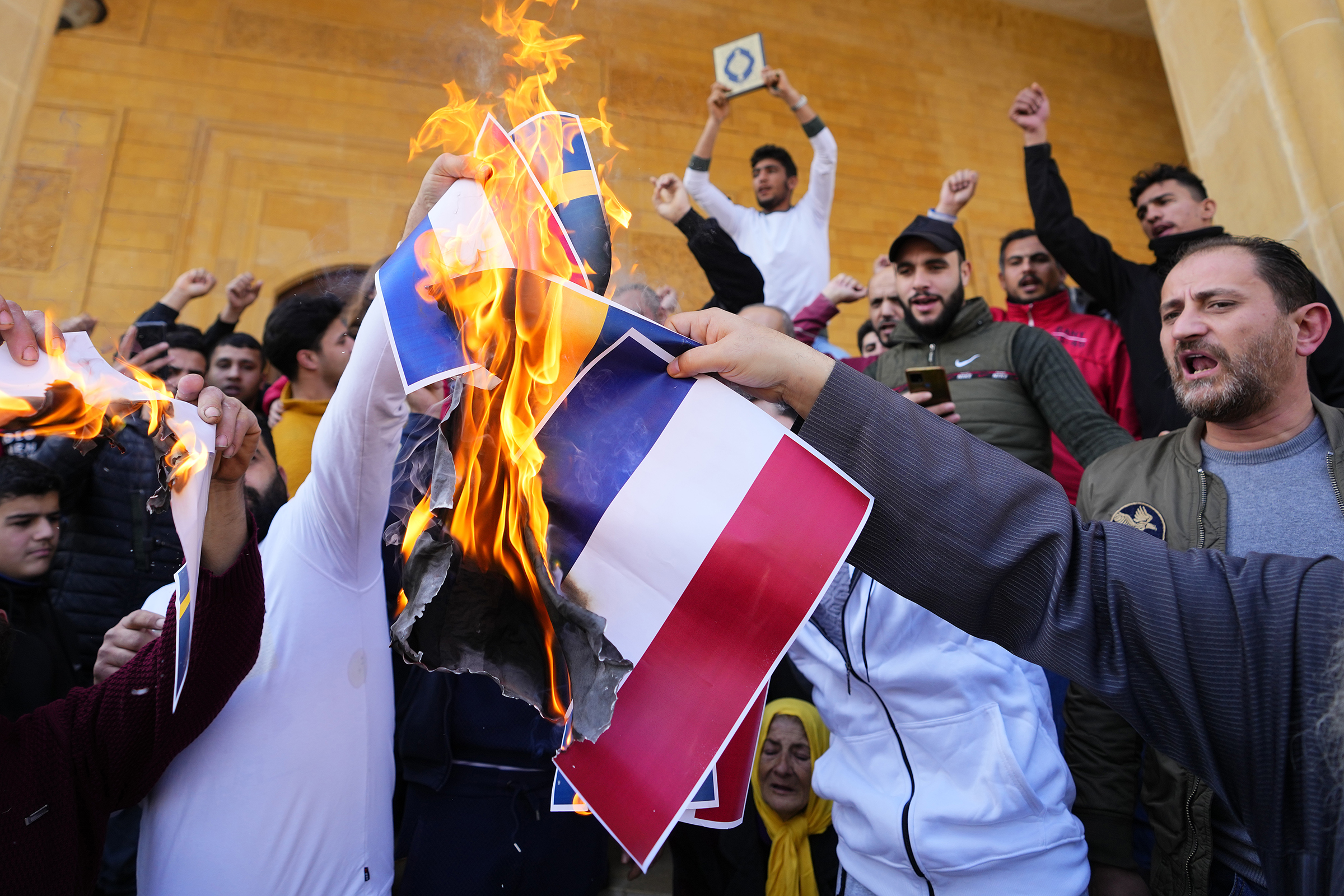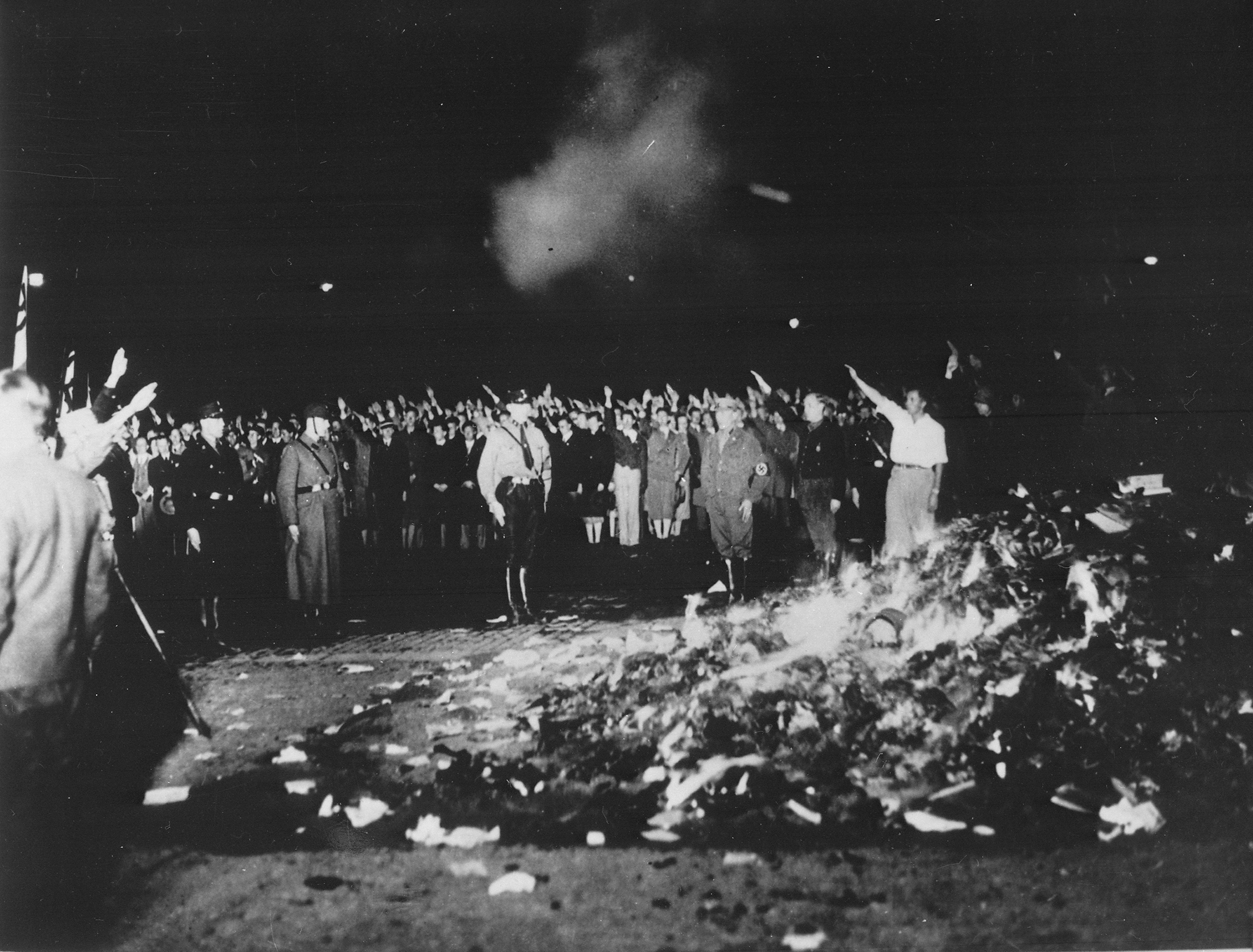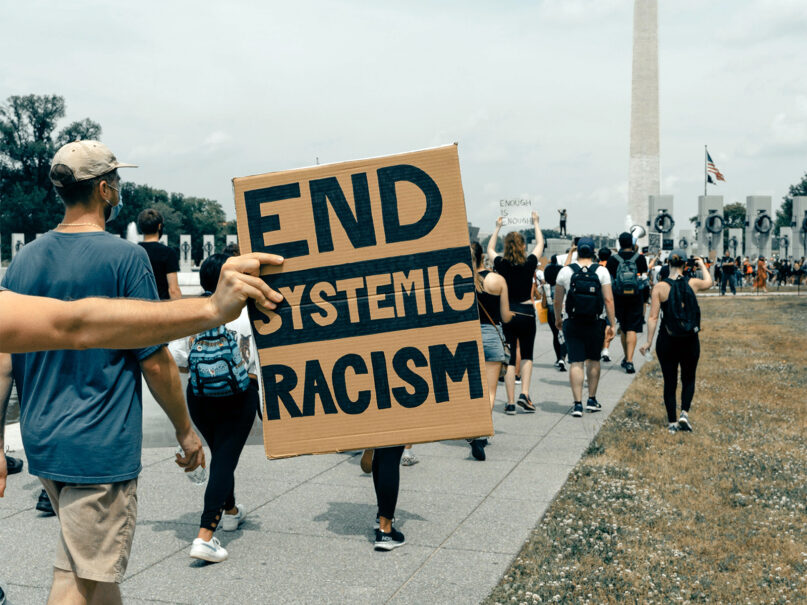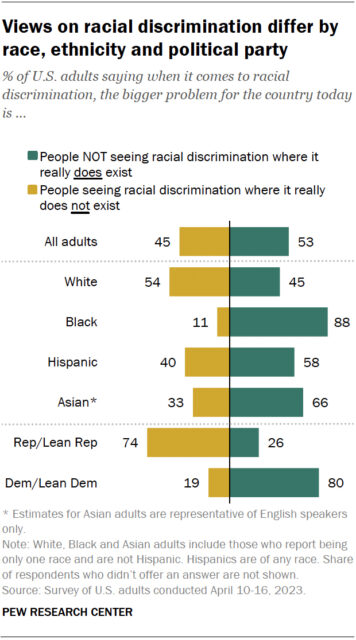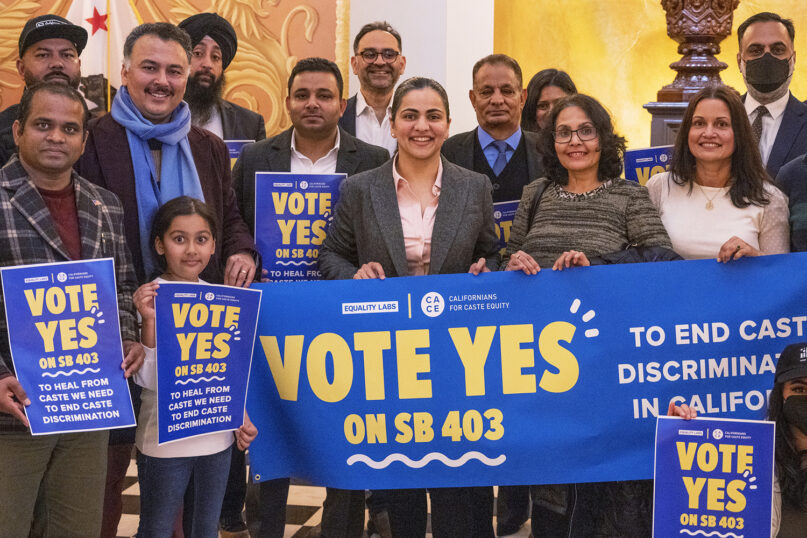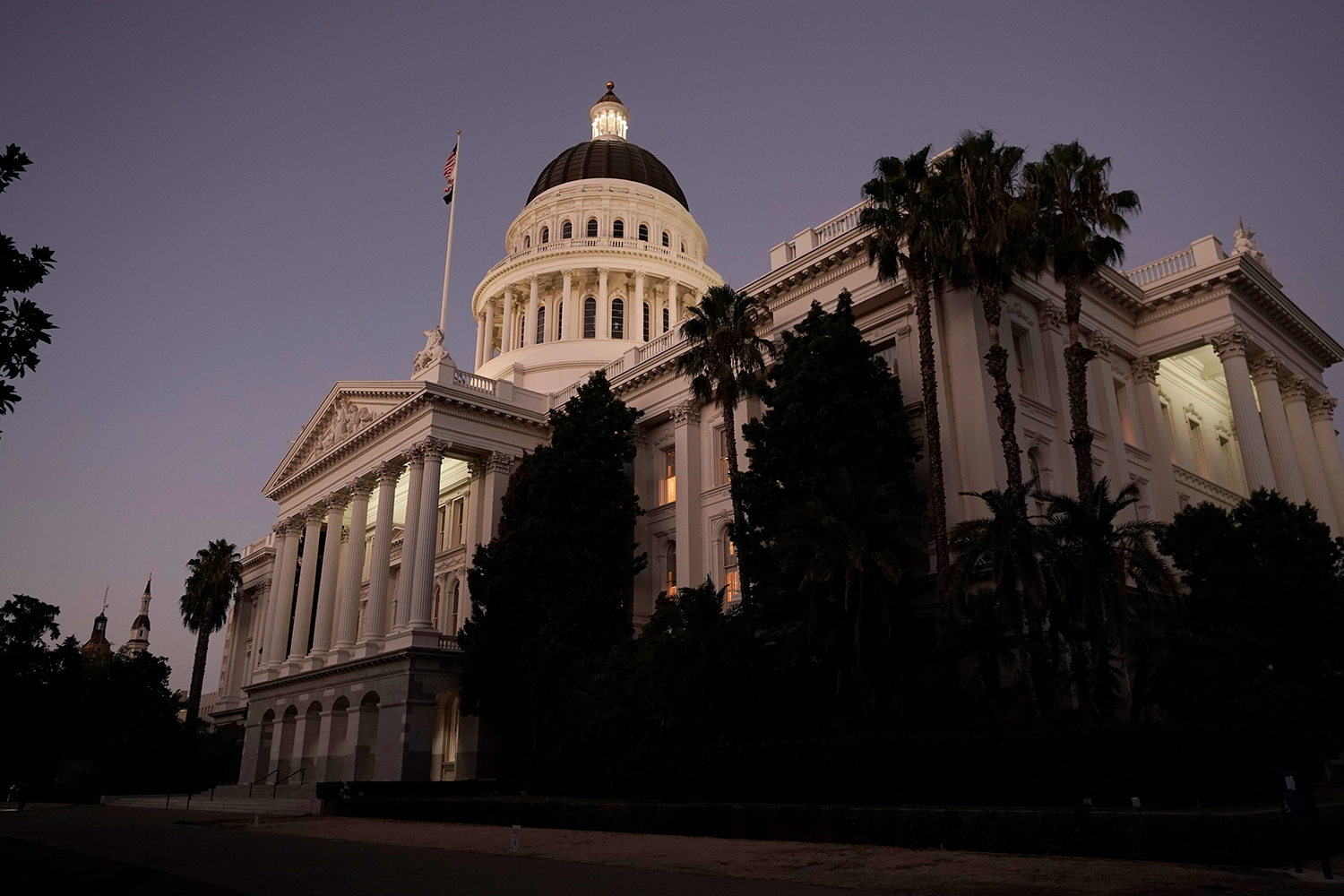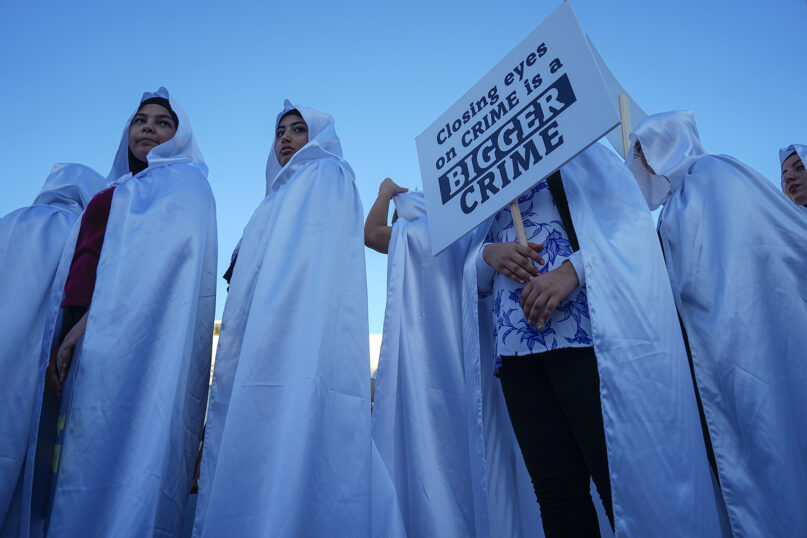A shopper looks at Acai fruits on sale at the Ver o Peso market in Belem, Brazil, Aug. 7, 2023. Among leaders and advocates of the Amazon rainforest region, there’s hope for bioeconomy, a term that refers to people making a living from the forest without cutting it down. Examples include Acai fruits, Pirarucu fish and rubber tapping. (AP Photo/Eraldo Peres)
A rubber tree is prepared for the removal of rubber in the Chico Mendes Extractive Reserve, Acre state, Brazil, Dec. 6, 2022. Among leaders and advocates of the Amazon rainforest region, there’s hope for bioeconomy, a term that refers to people making a living from the forest without cutting it down. Examples include Acai fruits, Pirarucu fish and rubber tapping.
August 24, 2023Share
BELEM, Brazil (AP) — If all goes according to plan, in a few weeks people will be sipping a shake that Marcelo Salazar has been developing for three years, made from the Amazon jungle’s cornucopia.
His company Mazo Mana Forest Food has partnered with communities that live from the forest and gather the Brazil nuts, cocoa beans, acai, mushrooms, fruits and other ingredients that go into the drinks. They have received some backing from a business incubator based in Manaus that focuses on sustainable forest businesses, to counter an economy based on logging and ranching.
“To turn the game around, I think it takes a new generation of ventures that combine different business models,” Salazar said.
Some hope sustainable ventures like this will be part of a new “bioeconomy,” a buzzword at the Amazon Summit in Belem in early August, where policymakers voiced eagerness to protect the rainforest and provide a livelihood for tens of millions of rainforest residents.
But beyond general support for the notion, there was little consensus about what exactly a bioeconomy should look like. Salazar attended and spoke on a panel organized by Brazil’s environment ministry titled “The challenge of building an Amazon bioeconomy.”
The idea is not new. It is the latest term for sustainable livelihood, or sustainable development or the green economy. Small to mid-size examples of it exist across the Amazon.
Alcindo Farias Junior, who works in the production of acai, climbs a palm tree to extract the fruit, in an area close to his house, in the community of Vila de Sao Pedro in the Bailique Archipelago, district of Macapa, state of Amapa, northern Brazil, Sept. 11, 2022. (AP Photo/Eraldo Peres)
Besides the Brazil nuts and acai harvesters, people are making chocolate from native cocoa. A sustainable fishery for one of the world’s largest freshwater fish has given river communities an alternative to logging. Production of sneakers for fashionable Parisians has restored hope for a community of rubber tappers who labored on the verge of obsolescence with the advent of synthetic rubber.
“The challenge is scale,” Para state Gov. Helder Barbalho said in an interview on the sidelines of the summit. His state is believed to be the only one in Brazil that has an actual bioeconomy plan. Para is Brazil’s top producer of acai, yet its economy is far more dependent on iron ore exports to China. So much land in Para has been converted to pasture for an estimated 27 million cattle that it emits more greenhouse gases than any Amazon country besides Brazil.
But when it comes to larger sustainable enterprises, there are few success stories. The brightest example has been cosmetics company Natura, which two decades ago launched a product line using ingredients from traditional Amazon communities and family farms.
View of the forest in Combu Island on the banks of the Guama River, near the city of Belem, Para state, Brazil, Aug. 6, 2023.
Developing these relationships took patience and research, said Priscila Matta, sustainability senior manager at Natura.
When the company started, local people were felling ucuuba trees to make brooms. They tripled their income by leaving the trees standing and selling the seeds to Natura. That is just one among dozens of Natura’s bioingredients, helping the company contribute to the conservation of more than 2 million hectares (about 7,700 square miles) of forest.
About 8% of what Natura spent on raw inputs last year went for Amazon bioingredients. They come from 41 communities – home to 9,120 families – who in 2022 received about $9 million, some of it direct payments to keep the forest standing.
The bioeconomy pitch can also veer toward pie-in-the-sky. Speaking to reporters at the Amazon Summit, Brazil’s planning and budget minister Simone Tebet said that driving a vibrant economy while keeping the forest standing “is our dream, but dreams exist to be realized.”
“Banks are interested,” Tebet said. “Imagine big industries without smokestacks, industries for the good, taking root in Amazon states ... learning from the Indigenous people from whom everything comes.”
Para state’s bioeconomy plan strikes a similarly utopian tone: “The Amazon Forest is like an enormous library of knowledge and wisdom that has yet to be discovered,” it reads.
The plan gets into specifics, naming 43 forest-compatible products that could be exported, including acai, cocoa, cassava, pepper, fish species and essential oils for cosmetics.
Fisherman pull with a Pirarucu fish at a lake in San Raimundo settlement lake, Carauari, Brazil, Sept. 6, 2022. (AP Photo/Jorge Saenz)
A man separates leather from the body of a Pirarucu fish at industrial refrigeration factory of Asproc, Association of Rural Producers of Carauari, Amazonia, Brazil, Aug. 31, 2022.
Para has started building a complex to serve as a bioeconomy incubator to house researchers and start-ups, scheduled for completion before the state capital of Belem hosts the 2025 global climate conference. Para’s public bank, Banpara, has launched a subsidized lending program for small farmers who want to develop agroforestry.
“We can balance the scenario of a living forest and people being cared for, being seen,” Barbalho said in the interview.
Neighboring Amazonas state is developing a bioeconomy plan with the financial support of the U.S. Agency for International Development.
The federal government is also starting to move beyond mere words. This month, Brazil’s economy minister, Fernando Haddad, announced an Ecological Transformation Plan. It proposes using a climate fund to back sustainability projects and setting up rules for Brazil’s carbon market.
But some earlier efforts reveal pitfalls.
Baskets of acai are for sale at the Acai Fair at the Ver o Peso market in Belem, Brazil, Aug. 7, 2023.
A state condom factory in the Amazon city of Xapuri that opened in 2008 during President Luiz Inácio Lula da Silva’s previous term was supposed to provide a market for hundreds of rubber-tapper families living in the region where the late environmental leader Chico Mendes was killed. The factory closed 10 years later, after federal subsidies came to an end. Locals resorted to cattle ranching and today the region ranks high for deforestation.
Cocoa beans are another cautionary tale. The trees can be a way to let forest grow back where it has been cut down but its appeal in places like the Ivory Coast and Ghana has meant massive deforestation to make way for the more lucrative trees.
Salazar, the CEO of Mazo Mana, the forest shake company, views his enterprise as both social-minded and market-savvy. It reserves nearly 10% equity for its partner community associations and, to the extent possible, production takes place locally to add value and develop expertise.
Salazar thinks the sustainable companies that succeed and grow big will be those with a mission to solve the Amazon’s problems, and they will drive a transformation toward an economy that recognizes the value of the forest.
___
Associated Press reporter Fabiano Maisonnave contributed from Belem.
___
Associated Press climate and environmental coverage receives support from several private foundations. See more about AP’s climate initiative here. The AP is solely responsible for all content.
ADVERTISEMENT
READ MORE FROM THE AMAZON

In the Amazon, a giant fish helps save the rainforest
Indigenous leader inspires an Amazon city to grant personhood to an endangered river
Brazil has 1.7 million Indigenous people, near double the count from prior census, government says

